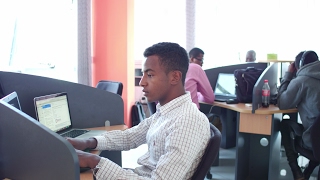The film Hidden Figures presents the jarring juxtaposition between a society making the kind of technological leaps required to put a man into space at the same time as continuing to racially segregate society and diminish the role women played in such endeavors.
While Katherine Johnson, the brilliant mathematician who was the lead story in the film, eventually received the recognition her talents deserved, in an age of #MeToo and BLM, it would be naive to believe that our journey towards equality has been achieved.
This is despite the benefits of diversity being increasingly well established. For instance, MIT research shows that diverse workforces were especially beneficial because they were more likely to yield the kind of creative breakthroughs seen at NASA in the 1960s.
Indeed, the Boston Consulting Group (BCG) argues that this diversity boost is so great that it generates 19% higher revenues than in more homogenous organizations. What’s more, diversity and fairness are increasingly demanded by young people in the workplace, which as BCG illustrates, if we are to attract the talent we need, then we need to up our game considerably on providing a diverse and inclusive workplace.
“The commercial benefits of having a diverse workforce are increasingly clear for all to see, so it’s heartening to see more and more organizations looking to invest in diversity, equity, and inclusion (DEI) initiatives, so that they can benefit from people of all races, genders, religions, sexual orientations, classes, and nationalities” says Mikias Amdu, CEO & co-founder of e-learning provider ETM Software.
Content retrieved from: https://www.forbes.com/sites/adigaskell/2021/09/23/creating-a-diverse-and-inclusive-work-environment/?sh=3c078a1a24ce.



No responses yet